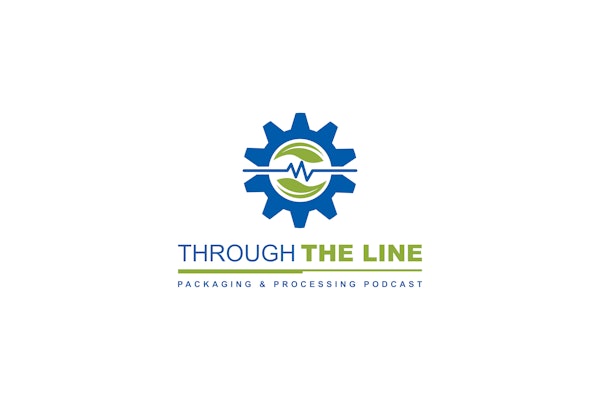
It requires a medical device company to understand its applications and processes, the ability to read, visualize, and understand both parts of the standard, and the development of a strategic plan. That was the message from Randall J. Troutman, CPP and senior engineering manager with medical packaging supplier Oliver Medical during a Feb. 15 presentation at the Medical Design & Manufacturing (MD&M) show .
Troutman was part of a panel discussion on ISO 11607 implementation at the Anaheim, CA, event. He brings years of experience from the medical device manufacturer's perspective, having worked for both Smith and Nephew and Medtronic before starting with Oliver Medical last summer.
He advised medical device makers in the audience to realize that "you are the resident expert and must base decisions on understanding your applications and processes, and your company must understand what you are trying to accomplish, then develop a risk-based approach to implementing a strategic plan for 11607 compliance." Troutman urged companies to "be prepared to develop justifications based on engineering-based decisions required to comply with the standard."
The 11607 standards are voluntary standards for packaging terminally sterilized medical devices distributed in the U.S. For devices going into Europe the requirement is mandatory. 11607 specifies the requirements and test methods for materials, preformed sterile barrier systems, sterile barrier systems, and packaging systems that are intended to maintain sterility of terminally (in-package) sterilized medical devices to the point of use.
Myth busting
Troutman addressed three common myths related to11607 compliance during his MD&M presentation.
Myth 1: "The FDA writes the standards that my company has to follow without the knowledge of the real-world applications and environment that we must operate within."
False, said Troutman. His reasoning: Both parts of the 11607 standard were actually created by a working group of AAMI , which consists of representatives from all aspects of the medical device packaging industry. The membership includes device manufacturers, packaging material suppliers, industry experts, and consultants. You can contact AAMI to see if your company has a representative or find out how to get involved.
Myth 2: "My company is compliant with the requirements of the ISO 11607 standard, we complete packaging system distribution simulations as well as seal strength and package integrity testing."
Again, Troutman said this was false; pointing out compliance to 11607 is much more than package testing. The scope of both documents establishes a framework for the process of events that are required to prove and maintain the safety and effectiveness of a sterile packaging system.
Myth 3: "According to part 1, Clause 4.4.1 regarding test method validation, we are compliant because my company only uses standardized test methods."
False once more, says Troutman. The statement regarding test method validation in both parts of the revised standard has caused some confusion as it refers to Annex B for a list commonly used test methods. Device manufactures should evaluate the test methods, whether standardized or not, conducted in-house to determine that they can produce results that are consistent with that of the method. The definition of validation in this instance will vary by test method and application.



















